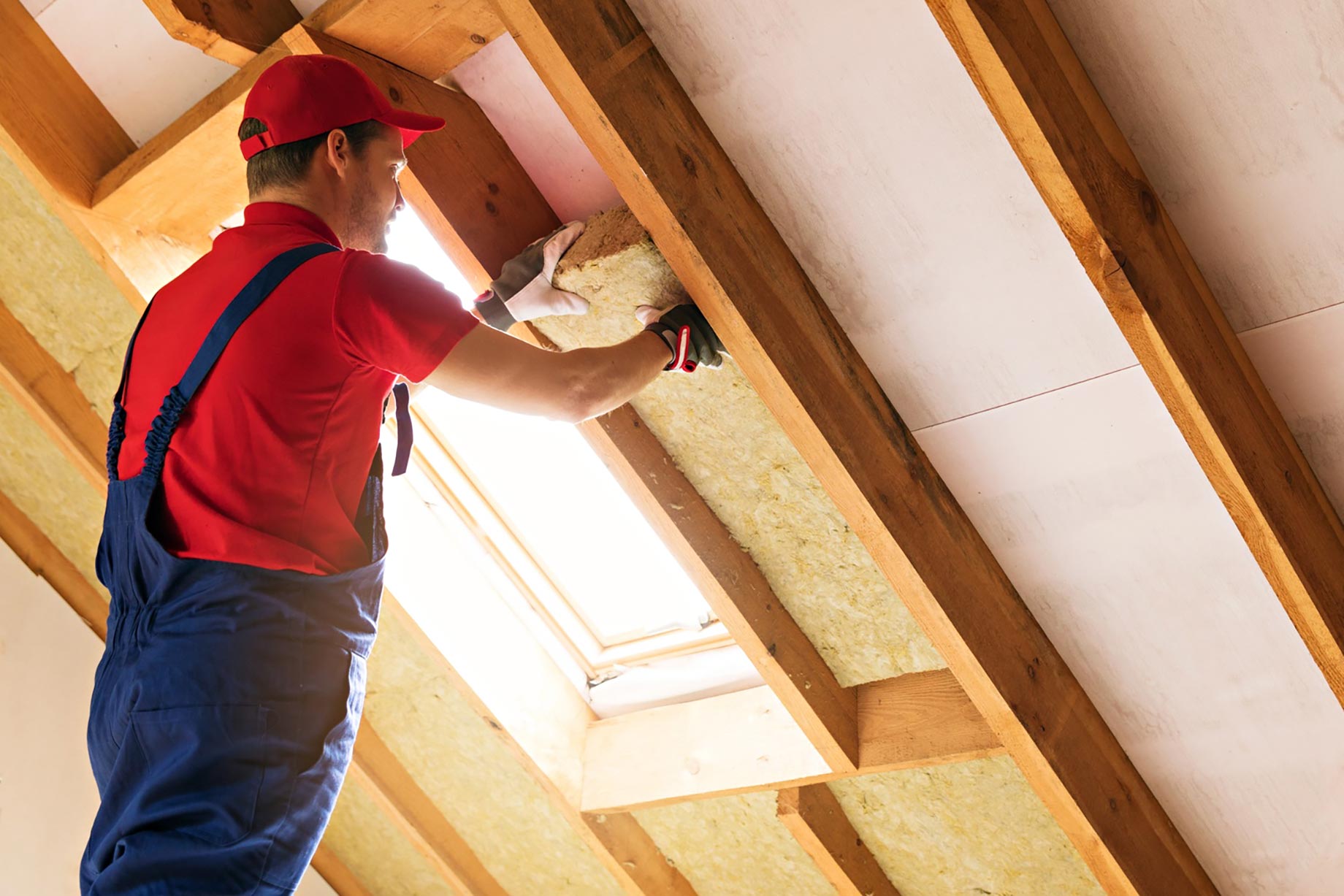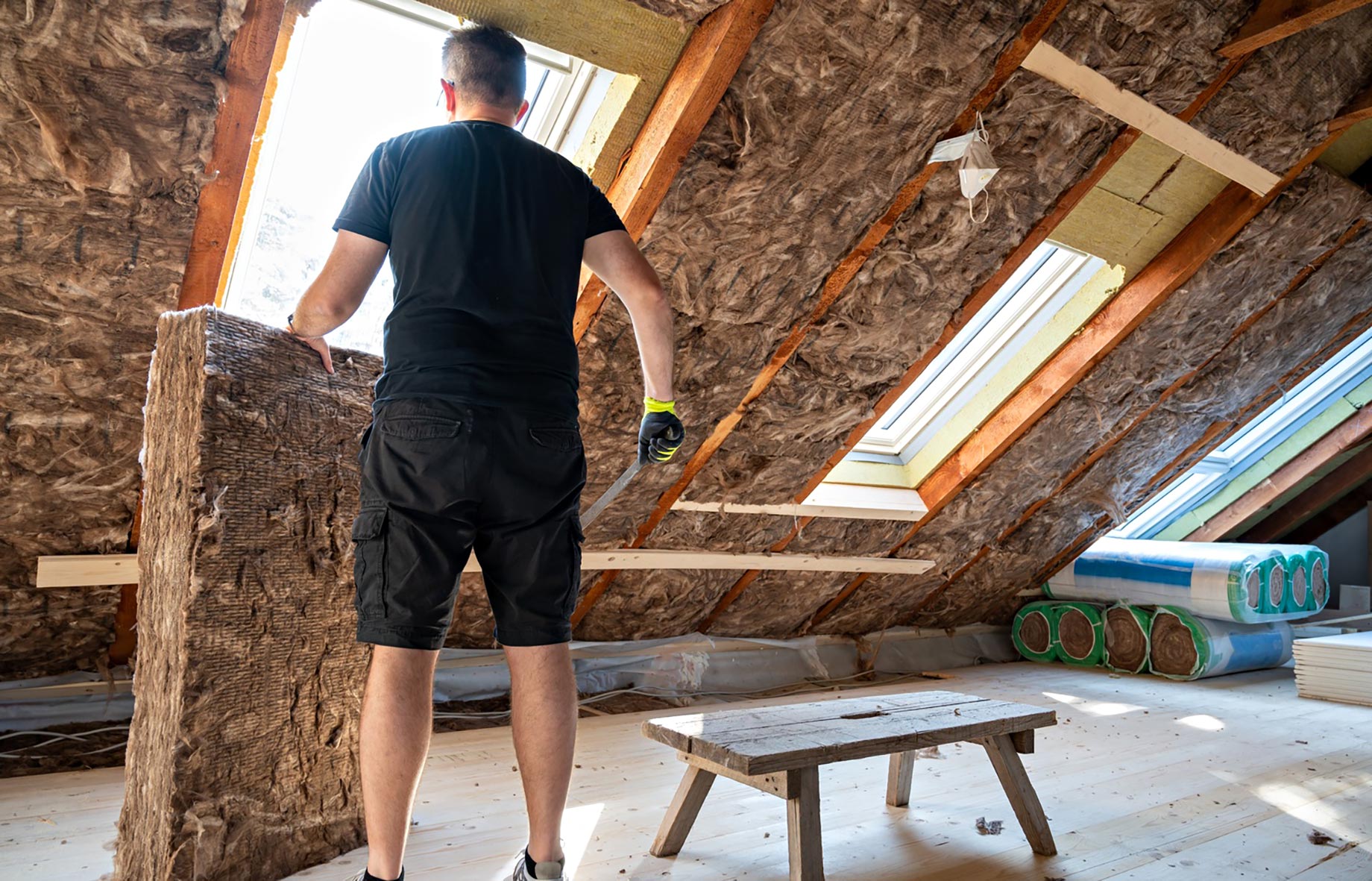
Homeowners often focus on visible improvements like kitchen remodels or new flooring, but what’s overhead can be just as important. Attic insulation plays a major role in making your home more comfortable and energy-efficient. As energy costs continue to rise in 2025, paying attention to what’s happening above your ceiling drywall can make a noticeable difference.
Why Insulation Matters for Your Home
Attic insulation helps manage the movement of heat between your living space and the roof. Without it, heat gain during summer and heat loss during winter can make your air conditioning or heating systems work overtime. This drives up energy bills and can shorten the life of your HVAC equipment.
Homes in hot climates often see significant temperature spikes in attic spaces. Without proper insulation, that heat radiates downward, making your living areas uncomfortably warm. On the other hand, in colder regions, poorly insulated attic floors allow warm air to escape, creating cold drafts and making it harder to maintain a stable indoor temperature.
Choosing the Right Types of Insulation
No single insulation type works best for every situation. The best choice depends on your home’s design, climate, and existing insulation levels. Common options include fiberglass batts, blown-in cellulose, and spray foam. Fiberglass is often used because it provides excellent resistance to heat flow, but blown-in materials can be more effective for filling irregular spaces. Spray foam, although pricier, adds an air barrier along with insulation, which can be especially helpful in drafty or older homes.
Before you select a product, think about safety considerations. Older homes may have knob-and-tube wiring that can pose a fire risk if covered with certain materials. Consulting an electrician before adding insulation can help you avoid potential hazards.
Improving More Than Just Temperature Control
Insulation also affects noise levels, indoor air quality, and even structural longevity. When combined with proper ventilation, insulation reduces the risk of moisture buildup that can damage your roof deck and other structural elements. Poor attic ventilation traps humid air, increasing the chance of mold growth and wood rot.
Installing attic insulation can also complement other common home improvements, like upgrading windows or adding exterior wall insulation. Together, these updates create a more airtight and efficient building envelope.
How to Approach the Installation Process
Deciding whether to take on attic insulation as a DIY project or hire professionals depends on the scope of work and your comfort level with home improvement tasks. Installing batts or blown-in materials can be relatively straightforward if your attic access is safe and open. However, tight or cluttered spaces may require professional help to avoid damaging electrical systems, tube wiring, or ceiling drywall.
Before starting, an energy assessment can help you pinpoint where your home is losing or gaining the most heat. This step gives you a clear picture of how insulation will impact your home’s energy performance and what areas need the most attention.
Weighing Costs and Long-Term Savings
Many homeowners hesitate at the upfront cost of adding attic insulation, but the long-term savings usually outweigh the initial investment. Reduced energy bills over the years add up, and in some cases, local rebates or tax incentives can further offset costs.
Visiting local improvement stores can give you a sense of material prices, but keep in mind that labor, tools, and preparation work can significantly affect the total. For example, insulating attic floors might be more affordable than adding insulation to sloped roof sections, but each option brings different performance benefits.
Why 2025 is a Smart Time to Invest

Energy prices are not expected to drop soon, and many homes built in the past decades are due for upgrades. Insulation projects offer one of the highest returns on investment among home improvements because they affect daily comfort and operating costs. Unlike cosmetic upgrades, attic insulation improves how your home performs behind the scenes.
Additionally, as building codes tighten and energy efficiency standards rise, homes with updated insulation and attic ventilation often hold better resale value. Potential buyers look for homes with lower running costs, and energy-efficient improvements can give your property an edge.
Practical Scenarios to Consider
If you live in a region with frequent heatwaves, you’ve probably noticed your air conditioning struggling to keep up. Adding insulation can reduce the load on your system, helping it maintain cooler indoor temperatures without constantly running.
In colder regions, adding insulation to your attic keeps warm air from rising through the roof and melting snow. That meltwater won’t refreeze at the eaves, so you avoid ice dams, cut down on heat loss, and help keep your roofing materials in good condition.
In either case, addressing insulation needs can prevent future headaches and repairs, saving you time and money over the long run.
Final Thoughts
Attic insulation is more than a simple upgrade. It improves energy efficiency, comfort, and the longevity of your home. Tackling this project this year positions you to handle rising energy costs, maintain a healthier indoor environment, and get more out of your heating and cooling systems. Whether you handle it as a DIY project or bring in experts, focusing on insulation delivers practical benefits you’ll feel every day.